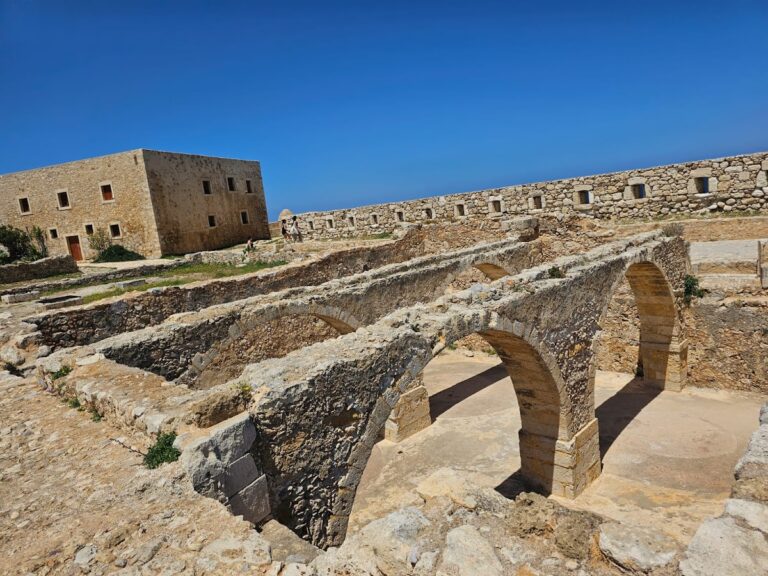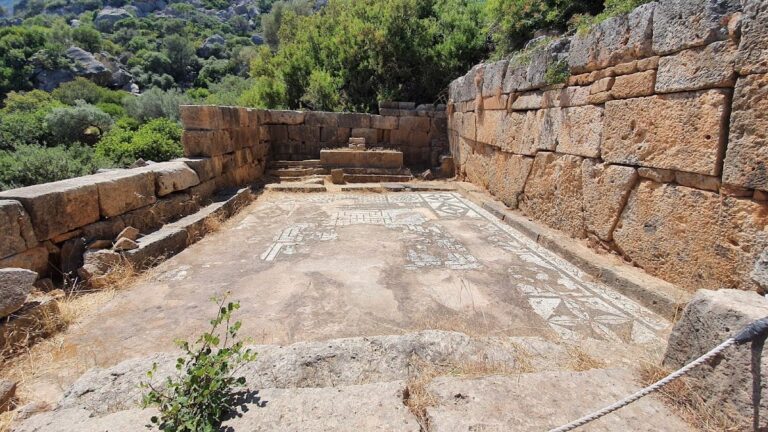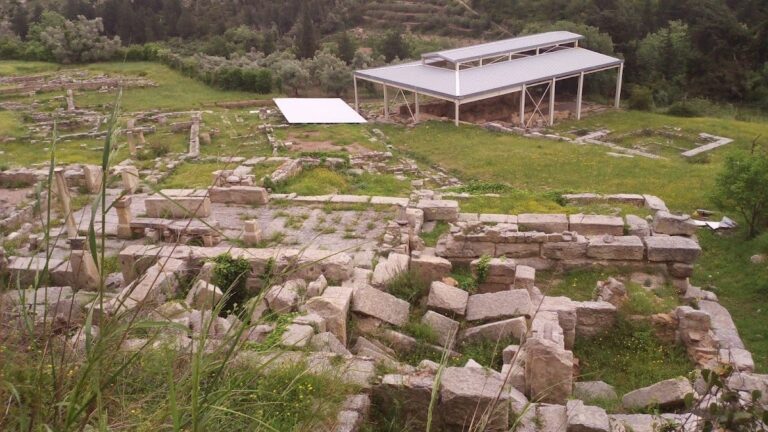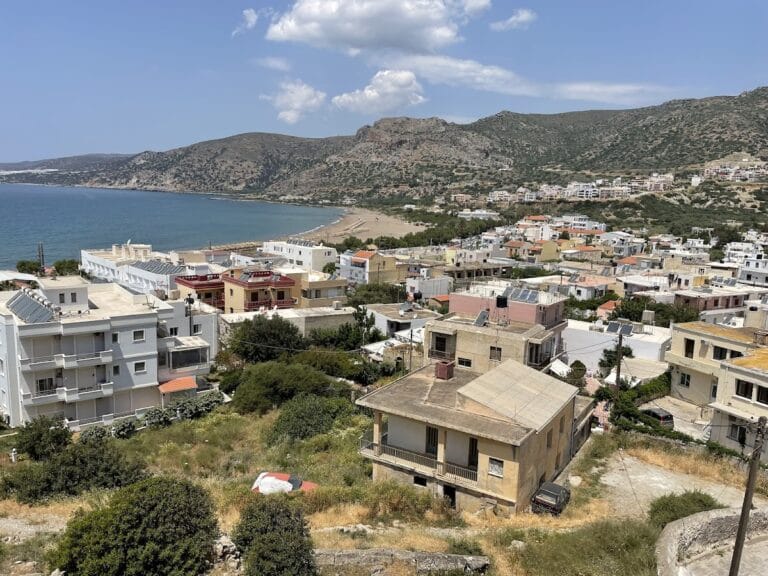Frangokastello: A Venetian Fortress on Crete’s Southern Coast
Visitor Information
Google Rating: 4.2
Popularity: Low
Google Maps: View on Google Maps
Official Website: odysseus.culture.gr
Country: Greece
Civilization: Ottoman, Venetian
Remains: Military
History
Frangokastello is a fortress situated on the southern coast of the municipality of Sfakia in Greece. It was constructed by the Venetians between 1371 and 1374 as part of their efforts to secure Crete against pirate raids and to control the restless local population.
The fortress originally bore the name Castle of Saint Nikitas, derived from a nearby church dedicated to the same saint. However, local residents, viewing the Western European Venetians as foreign or “Frankish,” referred to the stronghold as “Frangokastello,” meaning “castle of the Franks.” This nickname eventually gained acceptance even among the Venetian authorities. The establishment of the fortress was influenced by the Skordilis family and its branches, Pateras and Papadopoulos, who ruled Sfakia with severity, causing uprisings that prompted the Venetian Senate to approve the castle’s construction on February 10, 1371.
Despite its intended role, Frangokastello frequently lacked a permanent garrison and did not fully succeed in pacifying the region. The Venetians undertook renovations from 1593 to 1597 and again in 1645 to reinforce and maintain the fortress. However, the same year, 1645, marked the fortress’s capture by Ottoman forces during their expansion into Crete.
In 1770, during a period of rebellion, the Cretan leader Daskalogiannis led a small group of about seventy insurgents in a brief seizure of the fortress from Ottoman control. The Ottomans soon regained the stronghold, and Daskalogiannis was subsequently tortured and executed in Heraklion.
The fortress saw another uprising in April 1827, when Greek revolutionaries under Hadji Michalis Dalianis captured Frangokastello during the ongoing Cretan War of Independence. The Ottomans responded with overwhelming force, besieging the fortress with approximately 8,000 soldiers. After six days of fierce combat, the rebel defenders were overcome on May 17, 1828, suffering significant losses. Following this defeat, the Ottomans demolished the fortress to prevent it from serving as a rebel base in the future.
During the Cretan Revolt of 1866–1869, the Ottomans rebuilt Frangokastello to reestablish their control over the area. This occupation lasted until the end of Ottoman rule, after which the fortress was abandoned. Today, the site is linked with the local legend of the “Drosoulites”—ethereal shadows believed to be the apparitions of fallen fighters who are said to appear each year around May 17, commemorating the 1828 battle.
Remains
Frangokastello occupies a coastal position and follows a straightforward rectangular design, characteristic of Venetian military architecture. The fortress features four square towers, one at each corner, with the southwestern tower standing out as the largest. This particular tower functioned as the main defensive refuge and safeguarded the principal gate on the southern side.
The entrance on the southern wall, reconstructed in the nineteenth century, is crowned by the Venetian coat of arms. This emblematic display includes four noble family crests alongside the Lion of Saint Mark, a symbol associated with the Venetian Republic’s authority.
Within the enclosure lie remnants of rectangular buildings which originally served as stables, warehouses, and barracks. These structures show evidence of restoration carried out during the late Ottoman period in the late nineteenth century. The fortress walls still bear traces of battlements and openings called embrasures, which the Ottomans added to enhance defensive capabilities, allowing defenders to fire weapons while being protected.
Building materials for Frangokastello incorporated stones recycled from the neighboring ancient city of Nikita. Today, only the nearby church of Agios Nikitas stands as a surviving element connected to that ancient settlement.
The fortress is set directly on the seashore, surrounded by a broad sandy beach. This natural feature, together with several smaller beaches in the vicinity, marks the setting where the fortress’s historical narrative unfolded.










